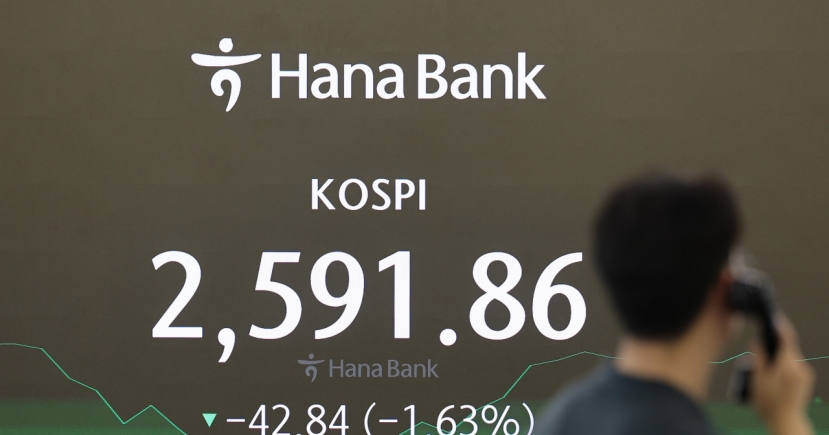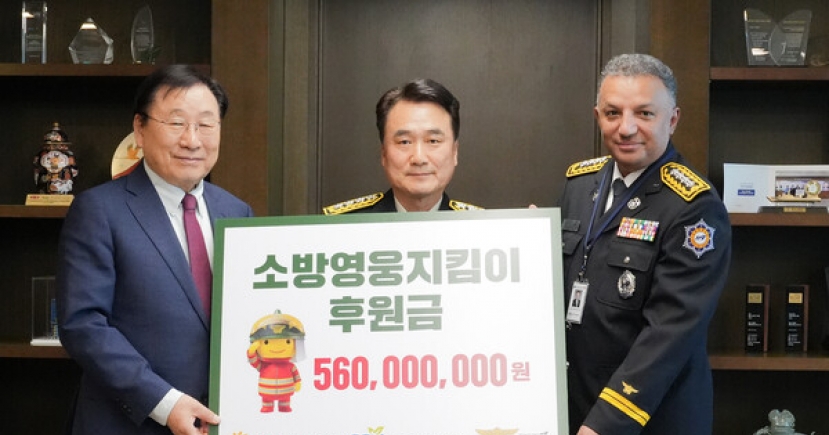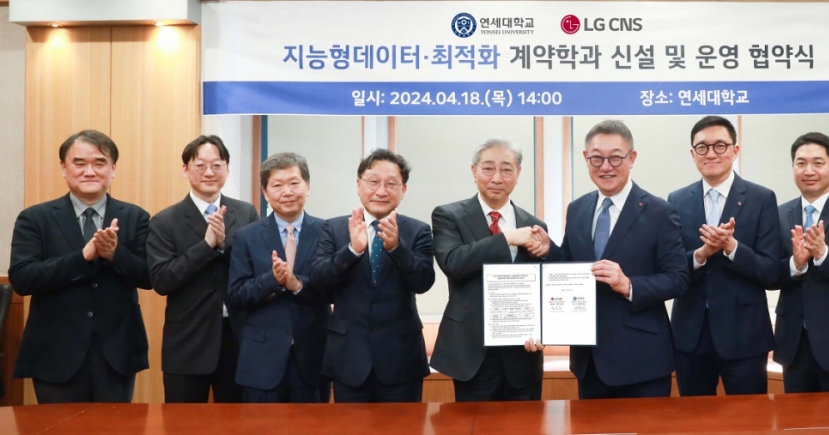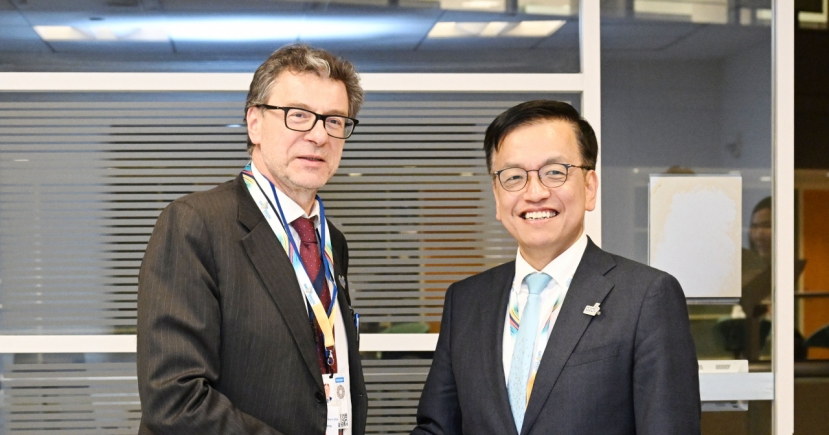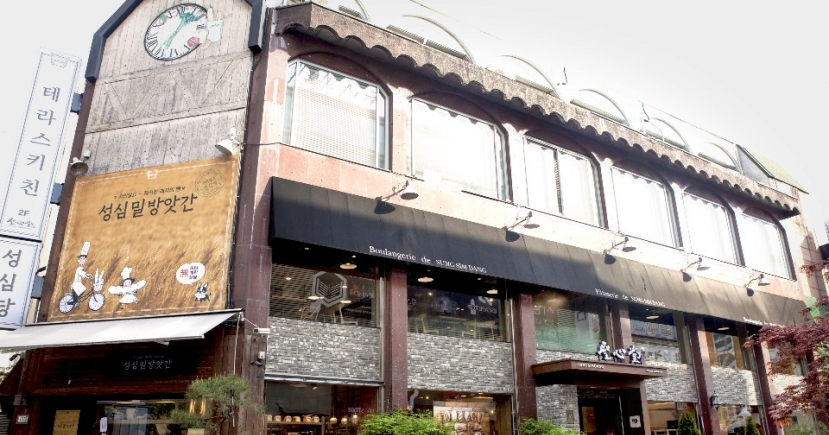Economy
Korea unveils measures to spur investment, exports
[THE INVESTOR] The South Korean government unveiled on Feb. 27 that a series of measures to boost the economy amid sluggish domestic consumption and investment weighing down on growth.
More than 150 measures were introduced during the 11th Trade Promotion Meeting on Feb. 27, including promoting investment in four major areas, stimulating local economies, solving difficulties faced by small businesses and fostering industries that target senior citizens.
But the announcement -- made after months of hiatus -- was ill-received by economy watchers, who criticized the measures as half-baked, repetitive and lacking focus.
The trade promotion meeting was launched under President Park Guen-hye, as she had tried to reinstate a legacy of her father, late President Park Chung-hee, who held export promotion meetings more than 150 times between 1965 and 1979 during his term.
However, Park Geun-hye’s meetings have suffered a major setback since last year, amid a political scandal that has led to her facing an impeachment trial.
The government convened the latest meeting as recent data reflected further signs of faltering investment.
In 2016, construction investment jumped 11 percent on-year on the back of a government-led real estate boom, but facility investment shrank 2.4 percent from the previous year. The government anticipated that sentiment toward investment would be unlikely to recover due to the recent political turmoil, the emergence of trade protectionism and Britain’s exit from the European Union.
According to a survey by the state-run Korea Development Bank, local businesses will increase their 2017 investment by 0.1 percent, while a separate poll by the Korea Chamber of Commerce and Industry showed that only 9 percent of companies have positive investment plans for this year.
The latest measures to promote investment include creating a tourism brand in the Southern coastal area, allowing the distribution of draft beer made by microbreweries and using apartment complexes’ parking lots for paid parking space during daytime.
The government will group together eight counties and cities on the southern coastline, including Tongyeong and Yeosu, as a tourism belt to attract visitors. It includes linking 483-kilometer-long coastal roads and a plan to convert abandoned shipyards and schools in the area into tourist attractions.
The government will also promote environmental-friendly vehicles by building charging stations around the country. By 2025, South Korea will have 200 charging station for both electric and hydrogen vehicles around the country set up by local builders. It will also give a 50 percent discount for highway express tolls for environment-friendly vehicle users.
Local small breweries will be allowed to sell their draft beers to retail shops in the future, according to the plans revealed. The government will announce more details in the fourth quarter including a measure to allow more ingredients to be used for making beer.
Meanwhile, the government will also focus on maintaining the recent upward trends in exports to turnaround two consecutive years of negative growth by increasing overseas marketing packages and business meetings.
South Korea’s exports shrank in the last two years but the first several weeks of this year saw a double-digit growth in exports.
To support local exporters to do business abroad this year, the government has set aside 372.9 billion won ($329.5 million), up 30 percent from a year earlier. It will hold two-thirds of the 300 planned export consultation events in the first half of the year, while 210 trade missions will be dispatched over the January to June period.
Following the announcement, however, economic experts remained pessimistic about the effectiveness of the measures, citing how they are a repeat of past plans or lacked in-depth analysis of the economic situation.
“In order to bring back home demand in the travel business, we need services that are distinctive and multileveled,” Shin Min-young of the LG Economic Research Institute said, adding that the measures lacked focus.
“There has to be something very practical and accessible by the public, and also something very luxurious. What the government offers does not have level-to-level targets and it appears that the government is after quantity rather than quality.”
Professor Sung Tae-yoon of Yonsei University said there was not much new in the government’s announcement.
“It looked like a rearrangement of existing issues. ... I don’t see the directional connection with trade and investment.” he said.
“This may be because the current administration is nearing the end of its term. ... The important factor at present is that the United States is making policy changes on trade after the inauguration of President Donald Trump, and that the international trade order is changing with it,” Sung said. “In order to step up the trade-investment stimulus, we need comprehensive action to find a new path under the new trade environment.”
“(The government measures) don’t have to be necessarily new, but (at the moment) they do not contain anything that will have policy influence,” he added.
Hong Joon-pyo at the Hyundai Research Institute, said he does see efforts to upgrade people’s daily lives and also detects shortcomings in the details of the announced plans.
“We need to change our perceptions from ‘quick, quick’ to ‘slow and steady,’” he said. “In order to seek qualitative growth instead of quantitative growth, we need more investment and a clear and firm philosophy that when it comes to safety, we will be very strict in enforcement.”
By Park Ga-young and news reports/The Korea Herald (gypark@heraldcorp.com)
More than 150 measures were introduced during the 11th Trade Promotion Meeting on Feb. 27, including promoting investment in four major areas, stimulating local economies, solving difficulties faced by small businesses and fostering industries that target senior citizens.
But the announcement -- made after months of hiatus -- was ill-received by economy watchers, who criticized the measures as half-baked, repetitive and lacking focus.
The trade promotion meeting was launched under President Park Guen-hye, as she had tried to reinstate a legacy of her father, late President Park Chung-hee, who held export promotion meetings more than 150 times between 1965 and 1979 during his term.
However, Park Geun-hye’s meetings have suffered a major setback since last year, amid a political scandal that has led to her facing an impeachment trial.
The government convened the latest meeting as recent data reflected further signs of faltering investment.
In 2016, construction investment jumped 11 percent on-year on the back of a government-led real estate boom, but facility investment shrank 2.4 percent from the previous year. The government anticipated that sentiment toward investment would be unlikely to recover due to the recent political turmoil, the emergence of trade protectionism and Britain’s exit from the European Union.
According to a survey by the state-run Korea Development Bank, local businesses will increase their 2017 investment by 0.1 percent, while a separate poll by the Korea Chamber of Commerce and Industry showed that only 9 percent of companies have positive investment plans for this year.
The latest measures to promote investment include creating a tourism brand in the Southern coastal area, allowing the distribution of draft beer made by microbreweries and using apartment complexes’ parking lots for paid parking space during daytime.
The government will group together eight counties and cities on the southern coastline, including Tongyeong and Yeosu, as a tourism belt to attract visitors. It includes linking 483-kilometer-long coastal roads and a plan to convert abandoned shipyards and schools in the area into tourist attractions.
The government will also promote environmental-friendly vehicles by building charging stations around the country. By 2025, South Korea will have 200 charging station for both electric and hydrogen vehicles around the country set up by local builders. It will also give a 50 percent discount for highway express tolls for environment-friendly vehicle users.
Local small breweries will be allowed to sell their draft beers to retail shops in the future, according to the plans revealed. The government will announce more details in the fourth quarter including a measure to allow more ingredients to be used for making beer.
Meanwhile, the government will also focus on maintaining the recent upward trends in exports to turnaround two consecutive years of negative growth by increasing overseas marketing packages and business meetings.
South Korea’s exports shrank in the last two years but the first several weeks of this year saw a double-digit growth in exports.
To support local exporters to do business abroad this year, the government has set aside 372.9 billion won ($329.5 million), up 30 percent from a year earlier. It will hold two-thirds of the 300 planned export consultation events in the first half of the year, while 210 trade missions will be dispatched over the January to June period.
Following the announcement, however, economic experts remained pessimistic about the effectiveness of the measures, citing how they are a repeat of past plans or lacked in-depth analysis of the economic situation.
“In order to bring back home demand in the travel business, we need services that are distinctive and multileveled,” Shin Min-young of the LG Economic Research Institute said, adding that the measures lacked focus.
“There has to be something very practical and accessible by the public, and also something very luxurious. What the government offers does not have level-to-level targets and it appears that the government is after quantity rather than quality.”
Professor Sung Tae-yoon of Yonsei University said there was not much new in the government’s announcement.
“It looked like a rearrangement of existing issues. ... I don’t see the directional connection with trade and investment.” he said.
“This may be because the current administration is nearing the end of its term. ... The important factor at present is that the United States is making policy changes on trade after the inauguration of President Donald Trump, and that the international trade order is changing with it,” Sung said. “In order to step up the trade-investment stimulus, we need comprehensive action to find a new path under the new trade environment.”
“(The government measures) don’t have to be necessarily new, but (at the moment) they do not contain anything that will have policy influence,” he added.
Hong Joon-pyo at the Hyundai Research Institute, said he does see efforts to upgrade people’s daily lives and also detects shortcomings in the details of the announced plans.
“We need to change our perceptions from ‘quick, quick’ to ‘slow and steady,’” he said. “In order to seek qualitative growth instead of quantitative growth, we need more investment and a clear and firm philosophy that when it comes to safety, we will be very strict in enforcement.”
By Park Ga-young and news reports/The Korea Herald (gypark@heraldcorp.com)


